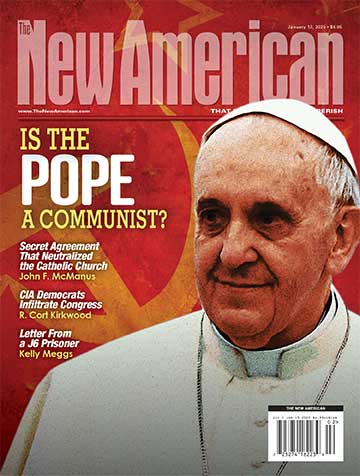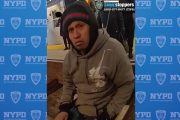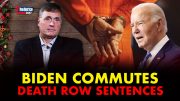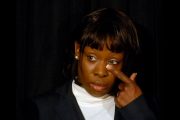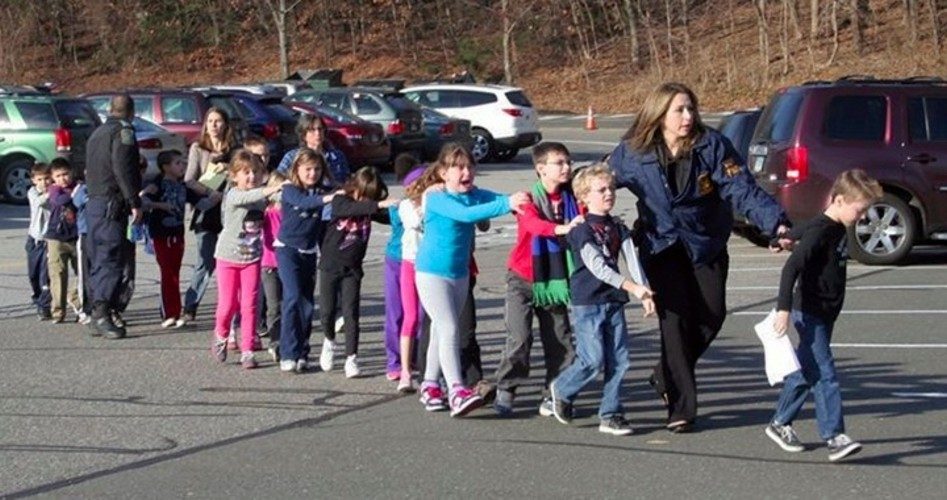
A 20-year-old man clad in combat gear and armed with a pair of handguns entered an elementary school in central Connecticut on the morning of Friday, December 14, killing 26 people, 20 of them children between the ages of five and ten.
Police said the shooter, identified as Adam Lanza, shot his mother at her home, and then made his way to the school where she had worked, Sandy Hook Elementary School in Newtown, Connecticut, where he killed the 20 students, along with six school employees, before killing himself.
The New York Times reported that the school’s principal, identified as Dawn Hochsprung, had permitted Lanza to enter the building after she recognized him as the son of a colleague. Moments later Hochsprung was killed by Lanza as she went to investigate the sound of gunshots down the hall. The school psychologist, Mary Sherlach, was also among the adults killed, as was Victoria Soto, a first-grade teacher who apparently placed herself in front of some of her students to shield them, and was killed as a result.
The Times described the shooter as “chillingly accurate,” leaving only one wounded survivor. “All the others hit by the barrage of bullets from the guns Mr. Lanza carried … died, suggesting that they were shot at point-blank range,” reported the Times.
Lt. J. Paul Vance, a spokesman for the Connecticut State Police, said the shootings occurred in two classrooms in one section of the single-story facility. Vance said that 18 of the students were killed at the scene, with two others dying later at a local hospital. All six of the school employes died at the scene.
The Associated Press reported that Lanza was thought to have had mental illness and lived with his mother, Nancy Lanza. After shooting his mother at her home, Lanza drove to the school in her car with three weapons, which police said appeared to have been registered to his mother. While he left one gun, a high-powered rifle, in the car, he took in a pair of handguns which he used in the shootings.
AP reported that as Lanza began the shooting, “a custodian ran through the halls, warning of a gunman, and someone switched on the intercom, perhaps saving many lives by letting them hear the chaos in the school office…. Teachers locked their doors and ordered children to huddle in a corner or hide in closets as shots echoed through the building.”
The Times described Newtown as “a postcard-perfect New England town where everyone seems to know everyone else and where there had lately been holiday tree lightings with apple cider and hot chocolate.” But with the killings the community “was plunged into mourning. Stunned residents attended four memorial services in the town on Friday evening as detectives continued the search for clues, and an explanation.”
At Newtown’s St. Rose of Lima church, one of the congregations to hold services after the tragedy, Monsignor Robert Weiss said Mass, remembering the young victims. “These 20 children were just beautiful, beautiful children,” he said. “These 20 children lit up this community better than all these Christmas lights we have…. There are a lot brighter stars up there tonight because of these kids.”
AP reported that the shooting, which followed days after a gunman killed two people and himself at an Oregon shopping mall, ranked among the deadliest in U.S. history, and was “second in victims only to the 2007 Virginia Tech massacre, which left 33 people dead, including the gunman.”
As news of the tragedy began filling the news, President Obama stepped forward to add his sadness and outrage to the national dialogue. “The majority of those who died today were children, beautiful little kids between the ages of five and ten years old,” said Obama, with a demonstration of emotion. “They had their entire lives ahead of them — birthdays, graduations, weddings, kids of their own. Among the fallen were also teachers — men and women who devoted their lives to helping our children fulfill their dreams.”
He added that “our hearts are broken for the parents of the survivors as well, for as blessed as they are to have their children home tonight, they know that their children’s innocence has been torn away from them too early, and there are no words that will ease their pain.”
That comment segued into a predictable suggestion by the president that “something” must be done to stop such gun violence — that something most likely being a renewed attempt at tightened federal control of guns. “As a country, we have been through this too many times,” said Obama. “Whether it’s an elementary school in Newtown, or a shopping mall in Oregon, or a temple in Wisconsin, or a movie theater in Aurora, or a street corner in Chicago — these neighborhoods are our neighborhoods, and these children are our children. And we’re going to have to come together and take meaningful action to prevent more tragedies like this, regardless of the politics.”
Gun control proponents enthusiastically took to the streets to add their voices to the call for action. In Washington, D.C., members of the Coalition to Stop Gun Violence gathered in front of the White House, with some protesters chanting, “Today is the day” to move ahead with gun control. In a quickly cobbled press release, the group declared that as a result of the latest shootings, “Americans must demand immediate action by our President and Congress to reform our gun laws. This must include legislation requiring background checks on all gun sales, strengthening those background checks … and renewing the ban on military-style assault weapons and high-capacity ammunition magazines.”
Ron Pinciaro, head of the group Connecticut Against Gun Violence, took the stage to agree that federal control was the only answer — even as he acknowledged that Connecticut already has strong gun-control laws. Yet, in his mind, beefing up federal laws would be more effective than his state’s already-existing gun-control laws. “We have some of the strongest gun laws in the United States,” he said. “But if you don’t have strong federal gun laws, that makes it that much more difficult.”
But Larry Pratt, head of Gun Owners of America, observes that gun-control advocates bear responsibility for the targeting of easy prey in government-mandated gun-free zones. “I would say there’s blood on their hands because they were the ones that supported the gun free zones that are the law in almost every state of our country around schools,” Pratt was quoted by WUSA.com as saying. “In the last 20 years, every single mass murder of five people or more has taken place in a gun free zone. Now, at some point we’ve got to ask, ‘Is there a better way?’”
Pratt noted that when law-abiding citizens have guns and are prepared to use them to defend themselves and others, such shootings as happened in Connecticut, Oregon, Columbine, and elsewhere become much less prevalent. “Once somebody is in a public place and they have a gun other than in their holster, then people are going to be on alert. And if they see that the gun is being pointed at somebody, out comes their own gun, and maybe they can take care of business in time. If they don’t have a gun, they can’t do anything.”
Photo of children from Sandy Hook Elementary School: AP Images
